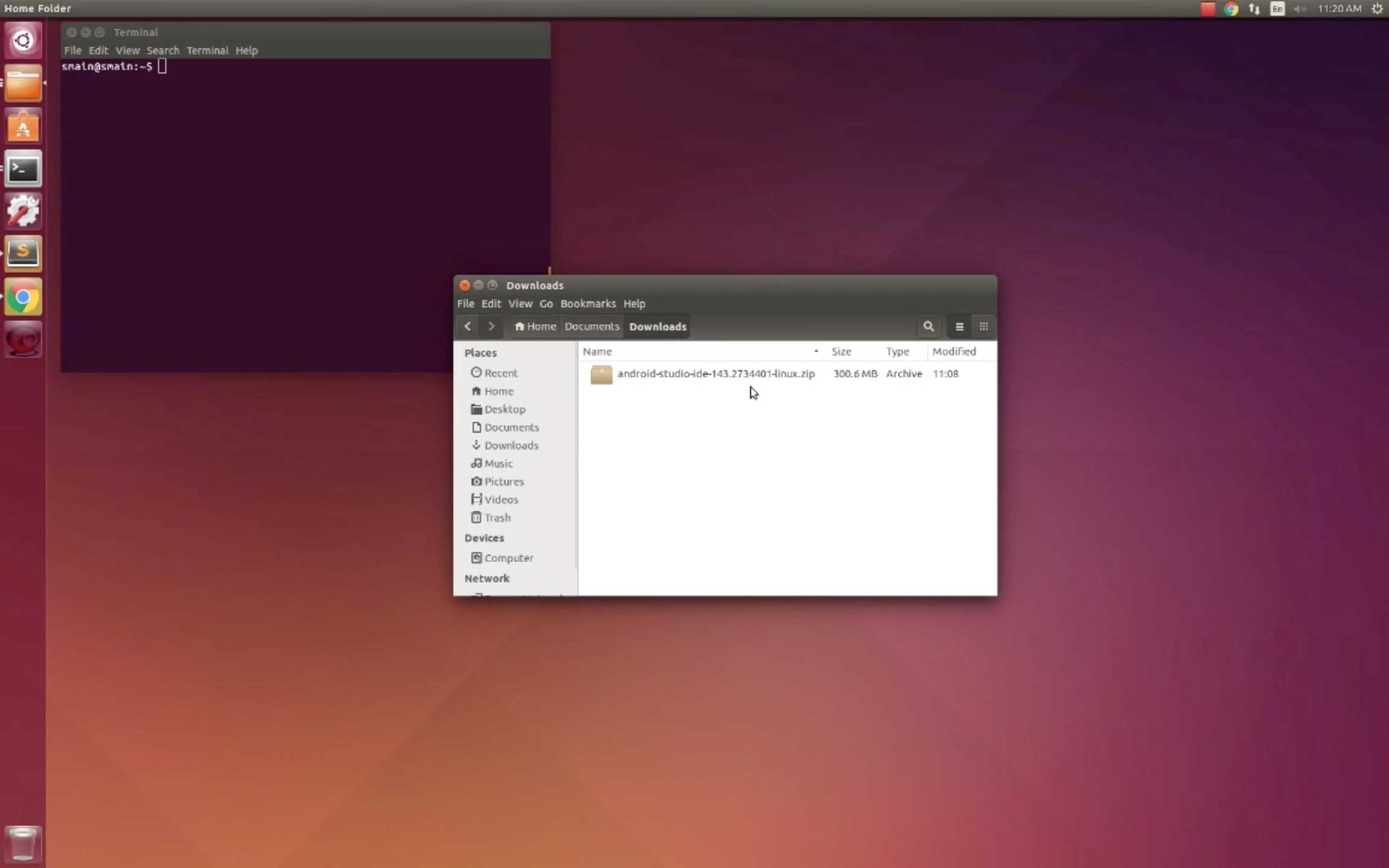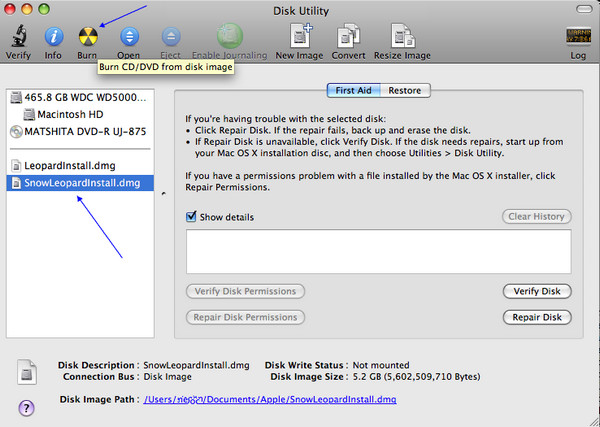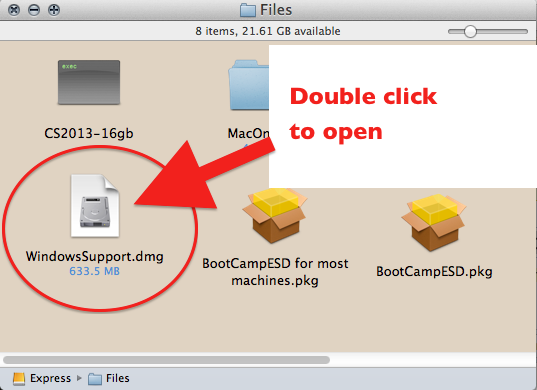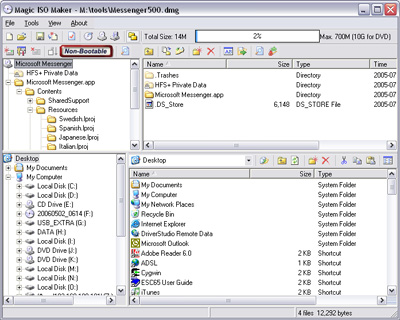Having an free Mac virus cleaner installed on your Mac is one of the most important things that you should do and have on your Mac. This is for your Mac to become safe and protected from any malware infestations. Antivirus software has the ability to remove any threat and suspicious files, folders, or applications on your Mac. Download Antivirus One - Virus Cleaner for macOS 10.12 or later and enjoy it on your Mac. Keep your digital wallets and keychains safe with Antivirus One, your personal cyber security expert. Antivirus One offers live antivirus monitoring to protect your Mac from adware, ransomware, spyware and all kinds of malware attacks.
See also: How to write a DMG image to a USB thumb drive with Linux. DMG images are typically a kind of Universal Disk Image Format (UDIF), although there are others, namely NDIF and SPARSE. Canon mg3620 manual mac address printer. Although the.dmg file extension is usually used, they can also sometimes have an.img extension, or in some cases no extension at all. Open DMG File on Linux. DMG files use Hierarchical File System (HFS) as a disk file system format. In order for your Linux machine to open DMG files it needs to support HFS and HFS+. To enable HFS and HFS+ support on your Linux machine you will need to install HFS tools and kernel modules. How to burn.dmg on windows. Jun 11, 2019 Open a DMG. If you want to script the install it requires a few more steps since the name of the.dmg file, the name of the Volume created, the name of the application, and the name of the device that needs to be detached can all be different. Plus they can have spaces in them. I have a file a friend gave me from his Mac computer with a.dmg file name. I haven't been able to pinpoint exactly how to use this type of file. I believe its an Apple raw disk image or something like that. Sort of like an iso. I need to use this file in order to start an application and download it onto Arch Linux.
This guide covers the verbatim copying of a DMG image to a USB thumb drive using only Linux (no need to find a Mac). If the DMG was intended to be bootable then the resulting USB will be bootable.
Convert to ISO
Linux doesn't much care for DMG files. Sure, it'll play nice with them. But we don't just want to play nice. We want to copy a DMG image to a USB drive and keep it as verbatim as computationally possible. In order to do this, we're first going to convert the image to a format that's a little more universal: ISO.
We're going to use dmg2img to convert the DMG to an ISO image. If you already have dmg2img, great. If not, install it using your distribution's native package management system.

On Ubuntu, you'd do it like this:
A DMG file is a mountable disk image used to distribute software to the macOS operating system. The file is typically downloaded from the Internet by a Mac user, then double-clicked to install an application on the computer.
How to write a business plan step by step. Once you have dmg2img installed, begin converting the DMG file:
After a few minutes, you should have a second file called image.img. This file can be used like an ISO. All we have to do is change the extension. Use mv to do this:
Make sure you specified 'image.img' and not 'image.dmg'! Working with three different file extensions can get kind of confusing.
Ok, so we should now have a file called 'image.iso' which is just 'image.img' with a different extension.
Now we want to write 'image.iso' to our USB drive. I used 'lsblk' to figure out how the system was identifying my drive. The lsblk command lists all disks connected to the system. It's usually pretty easy to figure out which disk is which based on their size. Just be sure you're sure. This process is going to overwrite the target disk with the contents of our DMG image file. Any preexisting files on the target disk will be lost. As usual, make sure you have a proper backup.
Make sure the target drive isn't mounted. Unmount the drive with your distribution's GUI.
Or you could just unmount it from the terminal:


Most systems seem to mount external drives in /media. Sometimes the drive might be mounted in /mnt or elsewhere.
Write the ISO image to the USB drive like this:

Replace 'X' with the appropriate letter. For example '/dev/sdb'. Be sure to use the drive directly and not a partition within the drive. For example, don't use '/dev/sdb1'.

See also: How to write a DMG image to a USB thumb drive with Linux. DMG images are typically a kind of Universal Disk Image Format (UDIF), although there are others, namely NDIF and SPARSE. Canon mg3620 manual mac address printer. Although the.dmg file extension is usually used, they can also sometimes have an.img extension, or in some cases no extension at all. Open DMG File on Linux. DMG files use Hierarchical File System (HFS) as a disk file system format. In order for your Linux machine to open DMG files it needs to support HFS and HFS+. To enable HFS and HFS+ support on your Linux machine you will need to install HFS tools and kernel modules. How to burn.dmg on windows. Jun 11, 2019 Open a DMG. If you want to script the install it requires a few more steps since the name of the.dmg file, the name of the Volume created, the name of the application, and the name of the device that needs to be detached can all be different. Plus they can have spaces in them. I have a file a friend gave me from his Mac computer with a.dmg file name. I haven't been able to pinpoint exactly how to use this type of file. I believe its an Apple raw disk image or something like that. Sort of like an iso. I need to use this file in order to start an application and download it onto Arch Linux.
This guide covers the verbatim copying of a DMG image to a USB thumb drive using only Linux (no need to find a Mac). If the DMG was intended to be bootable then the resulting USB will be bootable.
Convert to ISO
Linux doesn't much care for DMG files. Sure, it'll play nice with them. But we don't just want to play nice. We want to copy a DMG image to a USB drive and keep it as verbatim as computationally possible. In order to do this, we're first going to convert the image to a format that's a little more universal: ISO.
We're going to use dmg2img to convert the DMG to an ISO image. If you already have dmg2img, great. If not, install it using your distribution's native package management system.
On Ubuntu, you'd do it like this:
A DMG file is a mountable disk image used to distribute software to the macOS operating system. The file is typically downloaded from the Internet by a Mac user, then double-clicked to install an application on the computer.
How to write a business plan step by step. Once you have dmg2img installed, begin converting the DMG file:
After a few minutes, you should have a second file called image.img. This file can be used like an ISO. All we have to do is change the extension. Use mv to do this:
Make sure you specified 'image.img' and not 'image.dmg'! Working with three different file extensions can get kind of confusing.
Ok, so we should now have a file called 'image.iso' which is just 'image.img' with a different extension.
Now we want to write 'image.iso' to our USB drive. I used 'lsblk' to figure out how the system was identifying my drive. The lsblk command lists all disks connected to the system. It's usually pretty easy to figure out which disk is which based on their size. Just be sure you're sure. This process is going to overwrite the target disk with the contents of our DMG image file. Any preexisting files on the target disk will be lost. As usual, make sure you have a proper backup.
Make sure the target drive isn't mounted. Unmount the drive with your distribution's GUI.
Or you could just unmount it from the terminal:
Most systems seem to mount external drives in /media. Sometimes the drive might be mounted in /mnt or elsewhere.
Write the ISO image to the USB drive like this:
Replace 'X' with the appropriate letter. For example '/dev/sdb'. Be sure to use the drive directly and not a partition within the drive. For example, don't use '/dev/sdb1'.
This will probably take a little while to complete. I'm using a Kingston DataTraveler DTSE9 and it took about 24 minutes 30 seconds to write 4.9GB.
Install Dmg File On Linux
Your new USB stick should now be bootable, assuming that was the intended purpose of the DMG.
